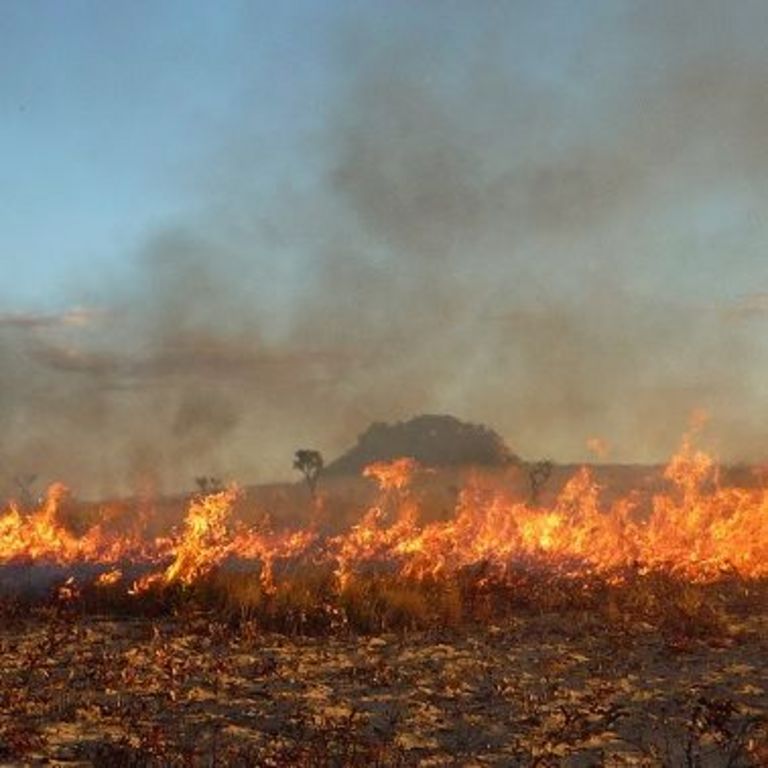Fire Prevention, Control and Monitoring in the Cerrado
The Cerrado in central Brazil is the largest savannah in South America, originally covering around 25% of the country’s territory. However, the increasing frequency and intensity of wildfires have led to the degradation of its carbon reserves and biodiversity. This project addresses these issues by improving fire management, land use practices, and the protection of conservation areas within the Cerrado.
Focusing on the Jalapão ecological corridor, the initiative promotes sustainable and responsible fire use among local populations. It aims to strengthen fire prevention and control measures while supporting the preservation of the Cerrado as a vital carbon sink and biodiversity hotspot.
Key outcomes include:
Effective wildfire prevention and control in Jalapão
Enhanced management of priority conservation zones through reinforced fire strategies
Deployment of monitoring tools to detect wildfires and deforestation, providing essential data for climate and biodiversity protection
Development of integrated fire management strategies and promotion of alternative, fire-free land use systems

Disciplines
- Sustainable Natural Resources Management
- Climate Action
Client
Deutsche Gesellschaft für Internationale Zusammenarbeit (GIZ) GmbH
Duration
From 2012 to 2017
Location
Brazil
Project Activities
Develop organisations, cooperation, and participation in fire prevention and protected areas.
Facilitate collaboration among partner institutions in the Cerrado.
Advise on diagnostics, planning tools, and implementation events.
Support stakeholder coordination and strengthen project capacities.
Lead environmental education and awareness activities.
Promote fire-free land use alternatives in rural outreach programmes.
Offer support in knowledge management, systematisation, and public relations.
Contributing to the UN Sustainable Development Goals
We are committed to making a positive impact and supporting the UN Sustainable Development Goals (SDGs). This project contributes to the following SDGs: